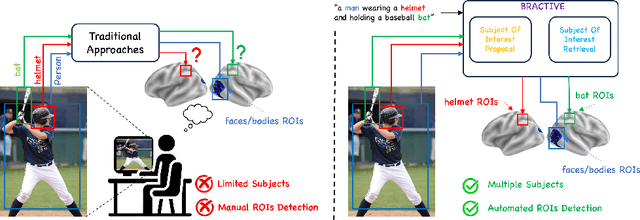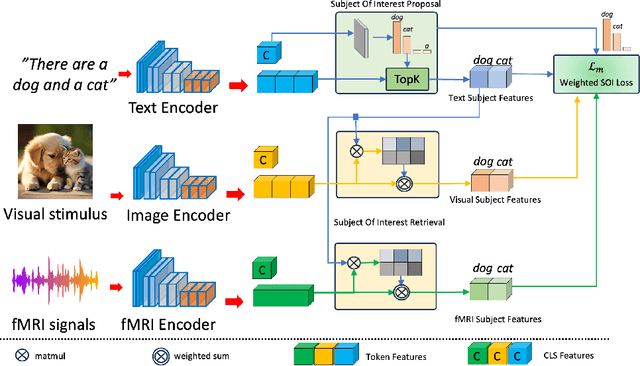Hojin Jang
Configural processing as an optimized strategy for robust object recognition in neural networks
Jul 18, 2024



Abstract:Configural processing, the perception of spatial relationships among an object's components, is crucial for object recognition. However, the teleology and underlying neurocomputational mechanisms of such processing are still elusive, notwithstanding decades of research. We hypothesized that processing objects via configural cues provides a more robust means to recognizing them relative to local featural cues. We evaluated this hypothesis by devising identification tasks with composite letter stimuli and comparing different neural network models trained with either only local or configural cues available. We found that configural cues yielded more robust performance to geometric transformations such as rotation or scaling. Furthermore, when both features were simultaneously available, configural cues were favored over local featural cues. Layerwise analysis revealed that the sensitivity to configural cues emerged later relative to local feature cues, possibly contributing to the robustness to pixel-level transformations. Notably, this configural processing occurred in a purely feedforward manner, without the need for recurrent computations. Our findings with letter stimuli were successfully extended to naturalistic face images. Thus, our study provides neurocomputational evidence that configural processing emerges in a na\"ive network based on task contingencies, and is beneficial for robust object processing under varying viewing conditions.
BRACTIVE: A Brain Activation Approach to Human Visual Brain Learning
May 29, 2024



Abstract:The human brain is a highly efficient processing unit, and understanding how it works can inspire new algorithms and architectures in machine learning. In this work, we introduce a novel framework named Brain Activation Network (BRACTIVE), a transformer-based approach to studying the human visual brain. The main objective of BRACTIVE is to align the visual features of subjects with corresponding brain representations via fMRI signals. It allows us to identify the brain's Regions of Interest (ROI) of the subjects. Unlike previous brain research methods, which can only identify ROIs for one subject at a time and are limited by the number of subjects, BRACTIVE automatically extends this identification to multiple subjects and ROIs. Our experiments demonstrate that BRACTIVE effectively identifies person-specific regions of interest, such as face and body-selective areas, aligning with neuroscience findings and indicating potential applicability to various object categories. More importantly, we found that leveraging human visual brain activity to guide deep neural networks enhances performance across various benchmarks. It encourages the potential of BRACTIVE in both neuroscience and machine intelligence studies.
 Add to Chrome
Add to Chrome Add to Firefox
Add to Firefox Add to Edge
Add to Edge